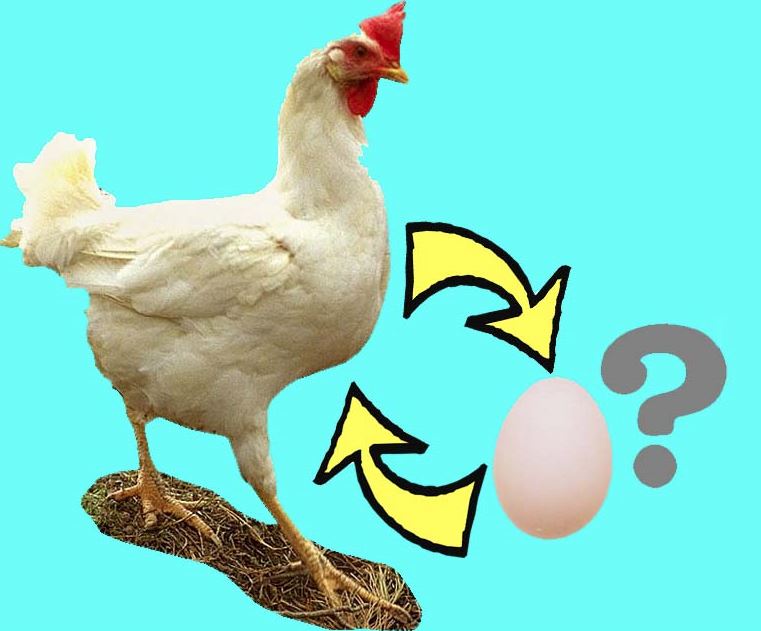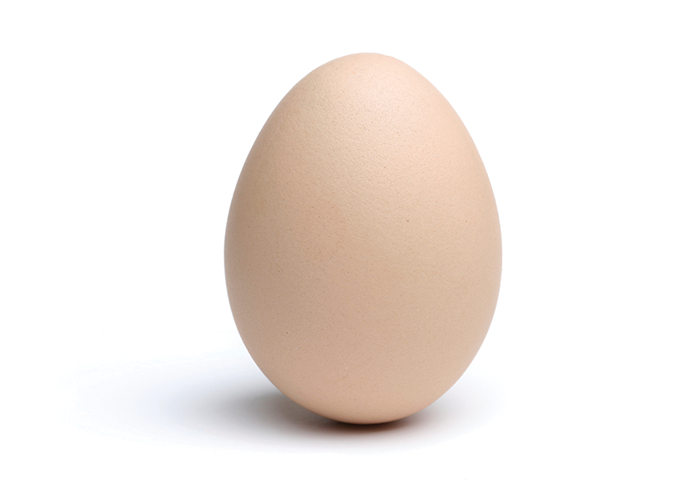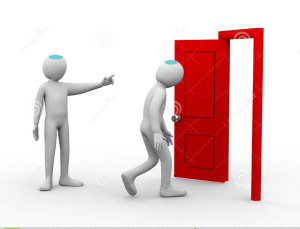Beitza 2b-3a.
1-Our Gemara gives four answer on the question of why an egg hatched on Yom Tov is permissible to eat according to Beis Shamai and prohibited according to Beis Hillel.
The question: The premise is that if one may Shecht the chicken (which is permissible on Yom Tov provided that one had the intention to do so before Yom Tov) then the egg should also be permitted. Conversely if the chicken cannot be used (since it is an egg-laying chicken, and not intended to be shechted on yom tov, and therefore cannot be shechted on Yom Tov) then the egg is also Muktzeh/Nolad.
Answer #2. “HACHANAH D’RABAH” – RABAH’S PRINCIPLE OF “HACHANAH”
Rabah’s novel explanation is that our Mishna is talking about a Yom Tov which occurs on a Sunday. Therefore
- an egg laid on Yom Tov is forbidden (according to Beis Hillel in the Mishnah) because of “Hachanah,”.
- The preparation for Shabbos or Yom Tov can only be done on a weekday.
The formation of an egg is completed one day before it is laid. So when Yom Tov immediately follows Shabbos, an egg laid on Yom Tov was completed on Shabbos. Since it is forbidden to use an object which was prepared on Shabbos for Yom Tov, the egg may not be used on Yom Tov.
Rabbah’s basis is from the Pesukim that describe the double portion of ‘Mon‘ which fell on Friday and the instructions that all food related work should be prepared ‘only on a weekday’.
2- Tosfos raises the issue whether or not the ‘Mon‘ fell on a Yom Tov. From our Gemara and Rashi it would seem that the ‘Mon’ did not fall on Yom Tov.
If it did not, we must say that a double portion fell on very ‘Erev Yom Tov’. Tosfos quotes other sources that say that the ‘Mon‘ did indeed fall on Yom Tov.
Please see interesting discussion here with special thanks to Berel Malachovsky
We mentioned the Rebbe’s explanation about this topic.
3- We spoke about the various Minhagim as to the position of the two challos that we place on the Shabbos and Yom Tov table in commemoration of the double portion of the ‘Mon’.
According to ‘Nigleh’ the two challos are placed one on top of the other. After the Brocho we cut the top one because it is closer to the cutter and one should not ‘pass over a Mitzvah’. (Ein ma’avirin al hamitzvah). (Some say that on Friday night one should cut the bottom challah. See here in the Alter Rebbe’s Shulchan Aruch on how to accomplish this without ‘passing over a Mitzvah’.)
According to Nistor/Chassidus the challos need to be placed side by side with the backs or bottom of the challos touching each other. See here the explanation to this.

Our Minhog is to always place them side by side except that Friday night we place the right one just slightly above the left one.

4- We spoke about the famous query of the Chasam Sofer as to why a goy is allowed to eat eggs!
Is not an egg ‘eiver min hachai’??!
The fact that a Jew is permitted to eat eggs is because of a special ‘limud’ which does not apply to a goy.



















